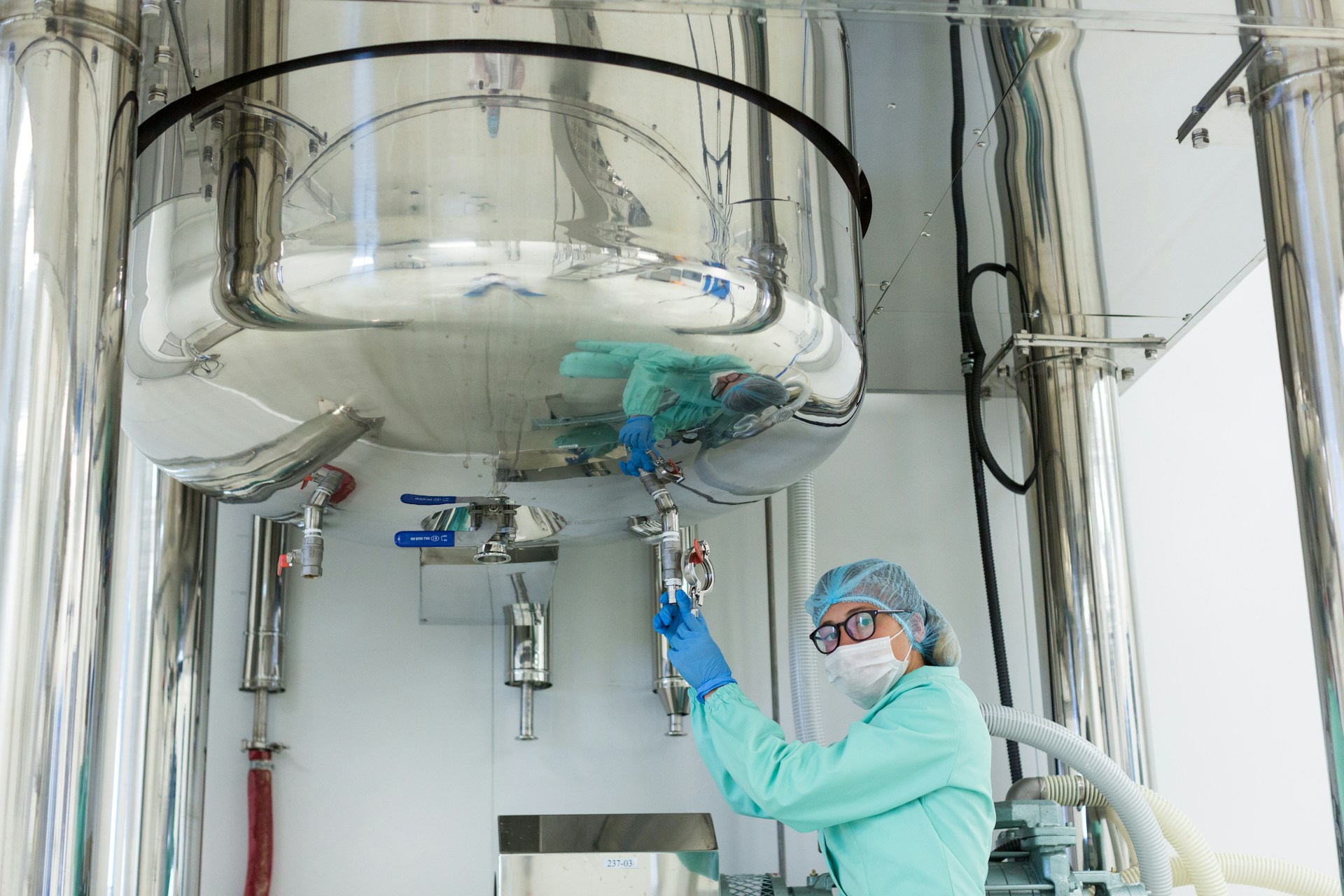
Having clean water in your home’s storage tank is key to maintaining the health and safety of everyone who uses it. While these tanks are essential for providing water, they can also become a breeding ground for unwanted bacteria if not properly cared for. Bacterial growth in water tanks doesn’t just affect the quality of the water; it poses serious health risks. Drinking, cooking, or even bathing in contaminated water can lead to various illnesses, some of which can be quite serious.
Understanding how bacteria develop in water tanks can help in finding ways to prevent it. An essential first step in taking control of this issue is knowing how and why bacteria grow in these environments. Armed with this knowledge, homeowners can take proactive steps to ensure their tanks remain clean and their water safe for everyday use.
Understanding Bacterial Growth in Water Tanks
Tanks can harbor several types of bacteria, with some common ones being E. coli and Legionella. These harmful bacteria thrive in conditions that are often present in water storage tanks. For instance, stagnant water is a perfect environment for bacteria to multiply rapidly. Additionally, warm temperatures can accelerate bacterial growth, making water tanks particularly vulnerable during hot seasons.
Here are some conditions that contribute to bacterial growth in water tanks:
– Stagnant Water: The lack of movement allows bacteria to settle and grow.
– Warm Temperatures: Bacteria thrive in warmer weather, which increases the risk during heatwaves.
– Debris or Organic Matter: Leaves, dirt, or other organic materials that get into the tank can become food for bacteria.
– Infrequent Cleaning: Without regular maintenance, tanks can become a haven for microbial life.
By understanding these factors, it’s clear why regular maintenance and monitoring are crucial. These insights can guide homeowners in deciding when it’s time to implement preventative measures and cleaning routines to keep their water safe and fresh.
Preventative Measures for Bacterial Growth
Keeping bacteria at bay in your water tank starts with regular upkeep. Scheduled inspections and maintenance improve the tank’s hygiene and ensure water safety. Begin by checking your tank every few months for signs of debris or wear, which can lead to contamination. This simple habit can alert you to potential issues before they spiral out of control.
Cleaning is another key strategy. Regularly washing out residue and sediments prevents bacteria from finding a comfortable spot to grow. Use a reliable cleaning agent designed for water storage systems, as these are safe and effective for removing unwanted build-up. Additionally, recognise the importance of professional inspections. Experts have trained eyes and equipment that help identify hidden problems the average homeowner might overlook. A good rule of thumb is to hire an inspector once or twice a year, depending on your usage and local conditions.
Lastly, tank positioning can aid in bacteria prevention. Install your tank in a spot with adequate sunlight and ventilation, as these conditions can deter bacterial growth. By adopting these practices, you’re not just managing bacteria; you’re ensuring safe water for everyone in your household.
Effective Cleaning Methods
Now that we understand prevention, it’s time to dive into cleaning strategies that work. Here’s a step-by-step process to keep your tank in top condition:
1. Empty the Tank: Begin by draining the tank completely to tackle the interior thoroughly.
2. Scrub Interior Surfaces: With a long-handled brush, scrub all internal surfaces, focusing on areas where sediments tend to settle.
3. Rinse and Remove Debris: Once scrubbed, rinse the tank with clean water to remove any debris and loosened particles.
4. Apply a Cleaning Solution: Use a non-toxic cleaning solution, letting it sit for the time recommended by the manufacturer.
Following this, you might consider the benefits of professional cleaning services. Professionals have tools and cleaning agents that provide a deeper cleanse and also ensure your tank remains intact. While cleaning might seem straightforward, experts bring a wealth of experience, offering peace of mind that your water source is truly spotless.
Post-Cleaning Care and Maintenance
After cleaning your tank, maintaining its cleanliness is just as important. Install high-quality filters to catch smaller particles before they enter the tank. Remember, these should be checked and cleaned regularly to ensure they function effectively. Another tip is to keep a log of all maintenance activities. Recording events like inspections, cleanings, and any repairs can help track the tank’s health over time.
By embedding these practices into your routine, you not only extend the life of your tank but protect everyone who relies on its water. Making small efforts consistently can prevent larger issues in the future.
Keeping Your Water Safe
In safeguarding your home’s water, consistent tank care is not just about one-time cleaning but building a routine that ensures ongoing safety. By understanding where bacteria thrive and implementing timely preventative measures, you can take control of your water quality. Investing time and attention in these details pays off by providing peace of mind and improved health.
Consistently maintaining your tank secures safe, clean water for you and your family. Engaging with the process ensures everyone enjoys high-quality water, free from unwanted bacterial surprises. After all, clean water isn’t just about avoiding problems—it’s about creating a reliable source that supports well-being day in and day out.
Ensuring your water tank stays clean and safe is important for your family’s well-being. If you’re looking for expert help with tank cleaning, ATM Tanks is here to provide dependable service that keeps your water supply free from harmful bacteria. Get in touch with our team today to make clean, reliable water a regular part of your home.
- Choosing the Best Tank Liners for Longevity - December 7, 2025
- Pro Solutions for Effective Industrial Tank Cleaning - December 7, 2025
- What to Do When Your Tank’s Waterproofing Fails - December 7, 2025






